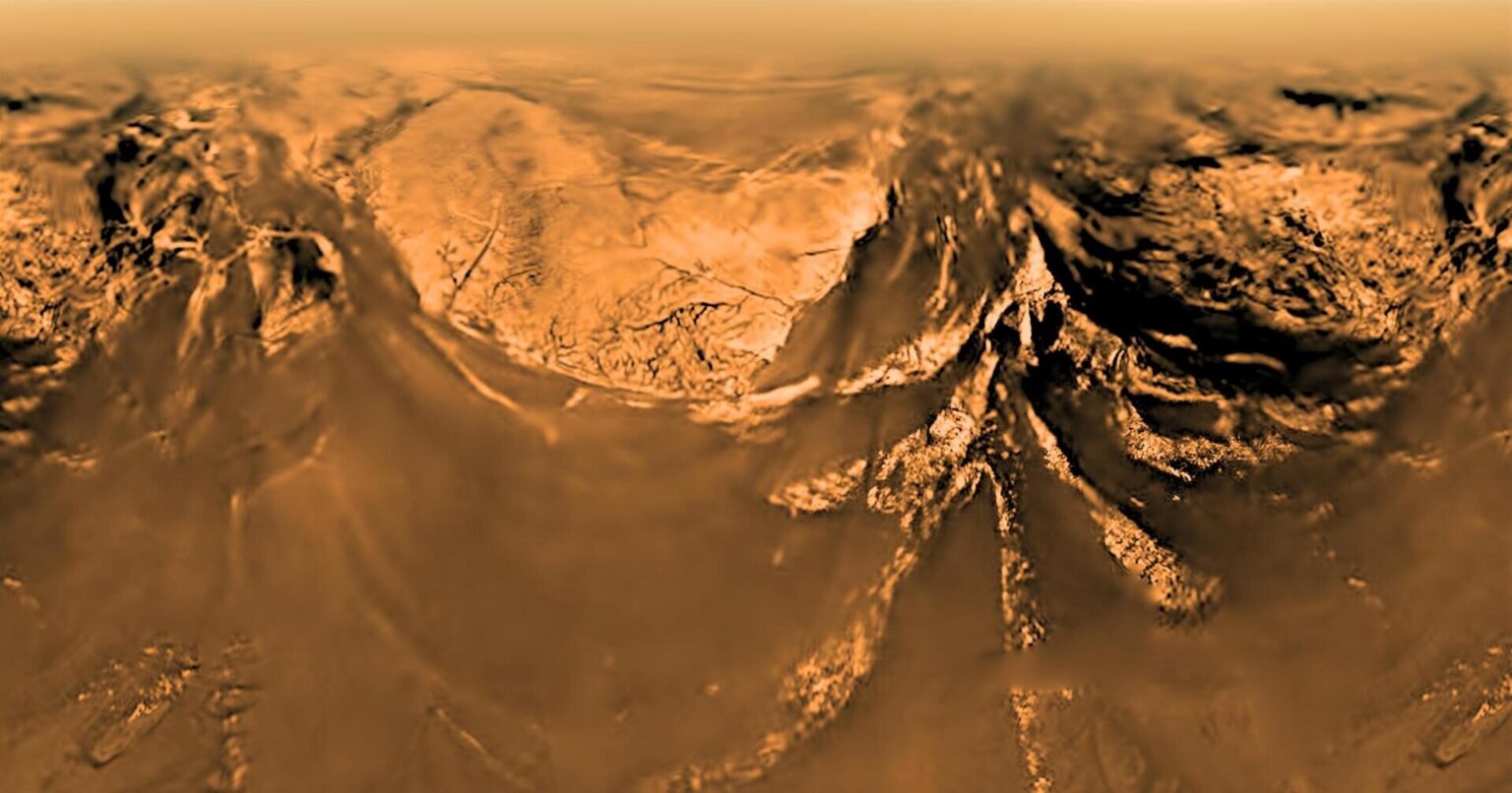Saturn’s largest moon, Titan, has water and organic matter. However, studies show that too little seeps into the subglacial ocean of the latter in order to maintain stable life there.

Life on the moons of giant planets
A study led by Western astrobiologist Catherine Neish has shown that the subsurface ocean of Titan, Saturn’s largest moon, is most likely uninhabitable, which means that any hope of finding life in the icy world makes no sense.
The probability that if astronomers and astronauts ever find life on the gas giants of the Solar System is simply lower than previously thought.
The discovery of life in the Solar System is of considerable interest to planetary scientists, astronomers and government space agencies such as NASA, mainly because many icy moons of giant planets are believed to have large subsurface oceans with low water content.
For example, it is emphasized that Titan has an ocean under its icy surface, which is more than 12 times the volume of the Earth’s oceans. The life we know needs water as a solvent, so planets and moons with lots of water are of interest in the search for extraterrestrial life.
New astronomers’ research on Titan
In a study published in the journal Astrobiology, Neish and her colleagues tried to estimate the number of organic molecules that could have been transported from Titan’s many organic surfaces to its subsurface ocean using data from impact craters.
Based on the assumption of the frequency of collisions with the surface of Titan, Neish and her colleagues determined how many comets of different sizes hit the satellite each year during its history. This allowed the researchers to predict the rate of flow of water with organic substances that move from the surface into its interior.
The researchers found that a very small amount of organic substances moves from the surface to the subsurface ocean of the moon (no more than 7,500 kg per year of glycine, the simplest amino acid that makes up proteins in living organisms). And this is too little to ensure the passage of biochemical processes.
Future NASA missions to Titan
Neish is a co-investigator of NASA’s Dragonfly project, a space mission planned for 2028 that aims to send a robotic vehicle (drone) to the surface of Titan to study its prebiotic chemistry, or what organic compounds form and self-organize for the origin of life on Earth and beyond.
It is almost impossible to determine the composition of many organic compounds on the surface of Titan by observing it through a telescope through an organic-saturated atmosphere. We need to land there and take samples of the surface to determine its composition.
When Catherine Neish started her latest research, she was worried that it had a negative impact on the Dragonfly mission, but in fact it raised even more interesting questions. So it turned out that in a future mission it is better to take samples from the surface, where water and organic matter mix. In these regions, the spacecraft can look for products of prebiotic reactions that will tell us how life on different planets may arise.
According to phys.org
Follow us on Twitter to get the most interesting space news in time
https://twitter.comne/ust_magazine


